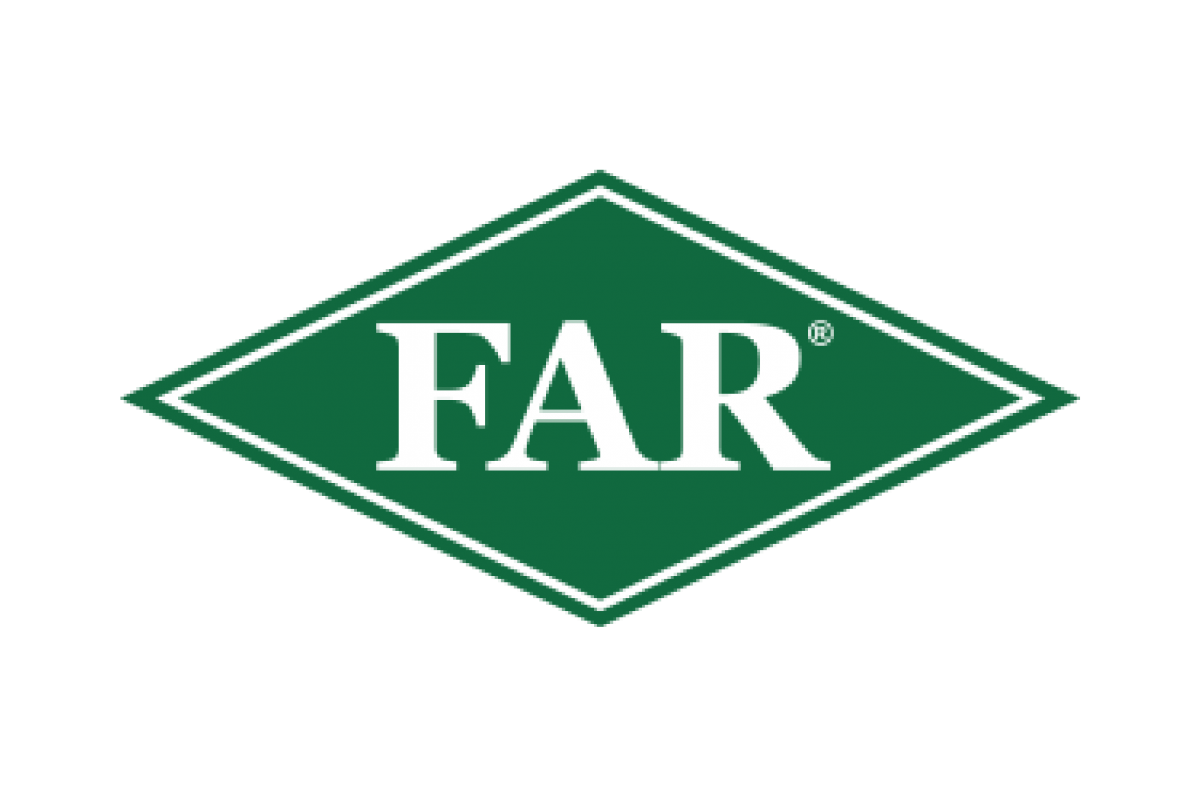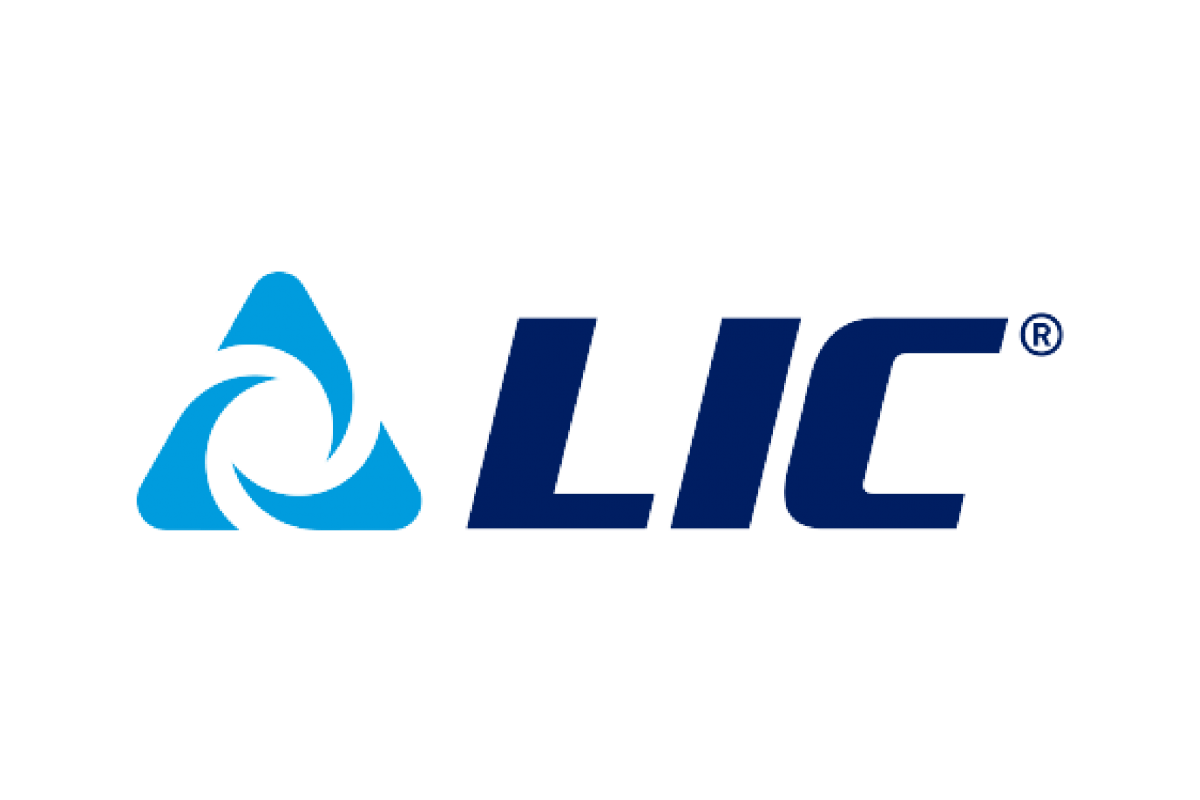Executive Summary
This report explores and applies a novel methodology of standardising and quantifying energy flows within New Zealand’s primary food production chains and more widely within New Zealand itself in relation to the Zero Carbon bill. Then demonstrates the method as a critically important adjunct to economics in planning and navigating our transition to low emissions food systems and society more generally.
The looming challenge of maintaining the success and growth in global food production enjoyed over the last century is heightened by the fact that underpinning a huge amount of this progress was cheap, flexible and incredibly energy dense fossil fuels. Given that managing our human population seems an impossibly thorny maelstrom, our only option is to mitigate its impact while trying ever harder to meet its needs.
Tension within our food systems between increasing production and reducing environmental impact is creeping steadily upward. Many ‘wicked’ issues are involved. Proposed solutions based on economics often seem to compound them further yet, while confounding our leaders and causing frustration amongst the public. We need to strip away all that is superfluous and get down to the very basics of how to produce food in a genuinely sustainable fashion. I sought to explore this from an energy perspective.
In my Nuffield Scholarship I investigated and applied a method of describing systems, food systems for example, in terms of their energy use and their energy production. From this understanding their, strengths, weaknesses, risks, and opportunities can be quantified, especially with respect to reducing energy related emissions. Even the comparatively high level calculations reported here illustrate the very very critical risks inherent in plotting a path to low emissions food systems and for society more generally based solely on economic analysis.
The method is known as Energy Return On (Energy) Investment (EROI) and lies within the field of Biophysical Economics.
It has traditionally been used to quantify the net energy returned from fossil fuel or other energy sources. In so doing it consistently shows that fossil fuels have a higher EROI than almost all the non-fossil alternatives. In essence, the fossil options are a more lucrative energy source. This presents a tremendous challenge to maintaining current levels of prosperity during our shift to other energy sources that is not immediately visible economically.
EROI has immense potential in a diverse spectrum of other applications. For example food systems, transport, industries, or any element of our society, even society itself. The key point is any system that we want to reduce energy use within and emissions from. My report shows that it is an ideal adjunct to our economic approaches to adapting New Zealand’s primary food production chains and our society more widely toward goals set out in the Zero Carbon Bill.
Key outcomes are that:
Energetically, organic and less intensive farm systems tend to have proportionally lower inputs and outputs than their conventional counterparts, often by a considerable margin, eg 15-25%. Hence a nation-wide shift to low intensity food systems will reduce our total production.
Energetically, producing food from plants is far more efficient than producing it from animals. Many other environmental and emissions related benefits link to this point.
Despite advances in our agriculture, forestry, and fisheries over the last 30 years, the energy required by this sector to produce a dollar of GDP has not changed.
Fonterra’s projected energy requirement in 2050 under the Zero Carbon Act will increase 5% even with the simplistic assumption that their production levels remain static between now and then. All similar industries will experience much the same increase in primary energy requirement as they transition away from fossil fuels, more so if they want to grow between now and then. This is a fundamental challenge to our low emissions transition.
Critically, there is very little understanding of energy use in our primary food production system from a chain perspective. That is, right from the creation of farm inputs through to the shipping of processed product to consumers. Without this, transition weaknesses and opportunities cannot be prioritised effectively.
Under the 2050 Innovative Scenario modelled in the Low Emissions Economy final report, energy used by our energy supply system (primary energy) increases from 5% of our national consumption today to 9% in 2050. This is a drop in EROI from 20.3 today to 10.0 in 2050. But concurrently GDP is projected to double.
In this same scenario, anticipating population growth within New Zealand and a transition to both less energy and renewable energy sources, energy delivered per capita per year drops 37% from 16.5GJ to 10.4GJ, equivalent to what we used per person in the late 1970s.
In my view the proposed Zero Carbon bill is an exceptionally forward thinking and valuable document to guide a transition to lower emissions. It identifies all the critical elements. But it needs an energy perspective alongside its economic one for success.
What to do?
The Zero Carbon Bill presents the perfect opportunity to bring EROI in to optimise our transition to lower emissions systems.
Development of this methodology, for which the vast majority of expertise and logistics are readily available, should be undertaken by a ‘Transition Institute’ that links initially to the Interim Climate Change Committee and then to the independent Climate Commission.
In a little more detail, we need to deepen our understanding of New Zealand’s primary production systems from an energy stock and flow perspective. First by creating an overarching perspective of energy use in the different components of our systems, then by filling knowledge gaps. The rural transport sector typifies such a gap. Fonterra show notable foresight in making key data in this regard publicly available but their results emphasise the importance of both EROI and economic approaches to future projections. Nationally and within the sphere of primary industries this is not a huge undertaking. But the benefit would be immense if it brought an energy perspective to those leading our transition.
On recognising the merits of EROI, I feel it is a natural it would then be applied beyond our primary industries to other aspects of New Zealand’s Zero Carbon transition.
Furthermore, it could easily be adapted to other food systems around the world. It provides a standardised means of comparison mercifully unbiased by the usual blizzard of economic and political instruments. Consequently it could play a major role in optimising the full range of food systems from subsistence through to super high tech, all of which will play some role in 2050. In doing so, New Zealand would be truly forging ahead globally in the process of optimising a low emissions transition. We would actually be making a major contribution to adaptation and mitigation efforts against the impact of climate change.
Sure our land mass won’t feed everyone but our ingenuity, practical mentality and pioneering spirit absolutely could. See the recommendations on page 62 for how.



























